The hardware can be divided into two parts, of which the first one is the electrical hardware and the second part the mechanical hardware.
Electrical hardware
The hardware consists mainly of the Raspberry Pi, an SSD, the analog digital converter (ADC) and the geophon sensor.
Official power supply for Raspberry Pi
For the power supply of the Raspberry, the official 2.5A/5V power supply is used. After having some problems (Raspberry hangs up after some hours) with other power supplies, only the official power supply from the Raspberry Pi Foundation is recommended.
Price for official 2.5A/5V power supply is around 13 Euro (AMAZON).
SSD
Since the data is saved in an SQL data base and the saved interval should be one month, a fast and sufficient large memory is needed. An micro SDHC card would be to small and to slow, so a 256 GB SSD from Samsung is used. No additional power supply is needed for an SSD, as it is powered over the USB interface. Furthermore, the SSD contains no rotating parts, which could hamper the measurements.
Price for Samsung 860 EVO SSD 250GB is around 57 Euro (AMAZON).
Analog-to-digital converter (ADC) ADS1262
In order to transform the electrical signals from the geophone sensor into digital values, an analog-to-digital converter (ADC) is used. The ADS1262 is an ultra-high resolution, low noise, 32-bit ADC from Texas Instruments with a build in amplifier (PGA), SPI-bus, 10 input channels and some more goodies. The ADS1262 is available as a breakout board from Protocentral and is more difficult to program than the ADS1115.
The datasheet can be downloaded here:
http://www.ti.com/general/docs/lit/getliterature.tsp?genericPartNumber=ads1262&fileType=pdf.
The ADS1262 is available as a breakout board from Protocentral:
https://www.protocentral.com/analog-adc-boards/1005-protocentral-ads1262-32-bit-precision-adc-breakout-board-0642078949630.html.
Price for the ADS1262 breakout board is around 50 Euro (Protocentral shop).
Geophone sensor
The geophone sensor converts ground movement (velocity) into a voltage, which is transformed into digital data by the ADC. Here an SM-24 geophone is used, which offers very high performance in seismic exploration with an extended bandwidth from 10 Hz up to 240 Hz, allowing full bandwidth at 2 ms sampling, and with one of the lowest life cycle cost of ownership in the industry, installed base of over 14 million worldwide. The geophone consists of a spring-mounted wire coil moving within the field of a case-mounted permanent magnet to generate an electrical signal [https://en.wikipedia.org/wiki/Geophone], so it it basically super low frequency microphone for the ground.
Price for SM-24 is around 60 Euro (https://eckstein-shop.de/navi.php?qs=sm-24).
Circuit diagram
The Raspberry Pi is connected with the ADS1262 by the GPIO pins. They deliver 5V, 3.3V, GND, MISO (SPI), MOSI (SPI), SCLK (SPI), CS (SPI) and interrupt (DRDY) signals.
For the connection between the SM-24 and the ADS1262 the 1 kΩ termination shunt is split into two 470 Ω resistors in series, a capacitor is set in parallel to the outlet of the SM24 in order to suppress high frequency noise, and REFOUT (2.5 V) is connected to the middle of two 470 Ω resistors.
The two 470 Ω resistors in the middle are calibration resistors according to its data sheet in order to flatten the response curve. The other two 1kΩ resistors, leading to the ADS1262, are for current limiting, in case that the output voltage is larger than the maximum input voltage of the ADC.
Even if the output voltage is 10 V, which is much higher than the usual output of several mV, the current would be limited to 5 mA, which doesn’t destroy the electrostatic discharge diodes (ESD) of the ADS1262 analog inputs.
The smoothing capacitors at the 3.3 V and at the 5 V are 100 nF and 100 µF for each voltage.
Mechanical hardware
All the hardware is put in a single waterproof casing, which is mounted to the ground by a spike.
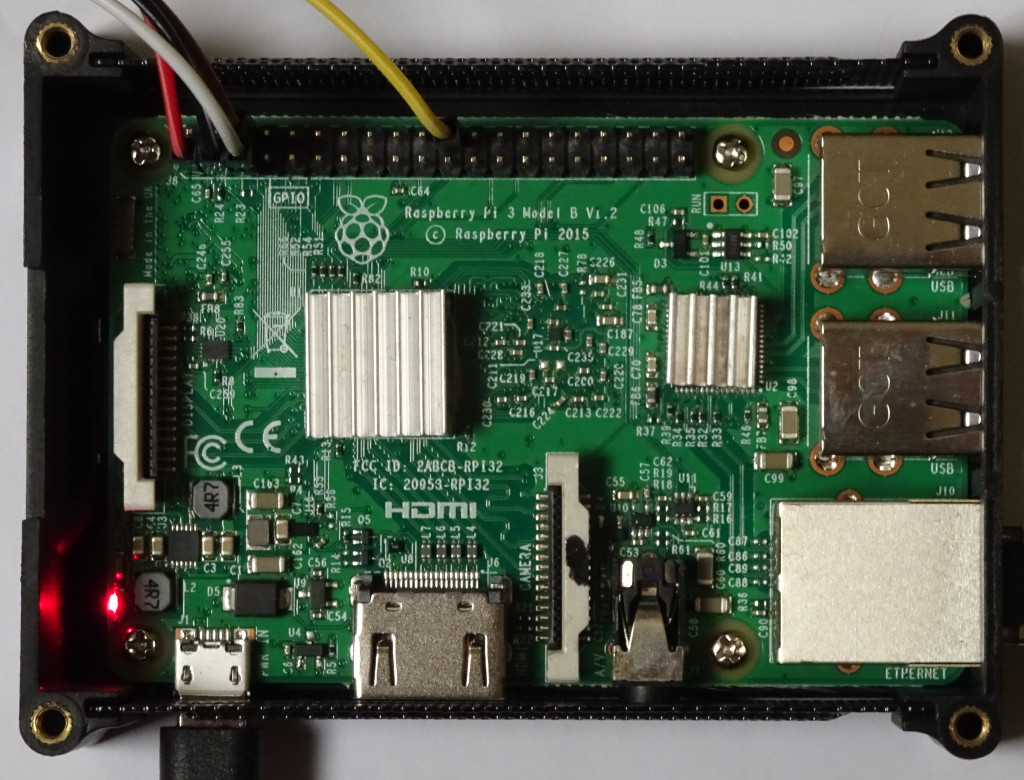
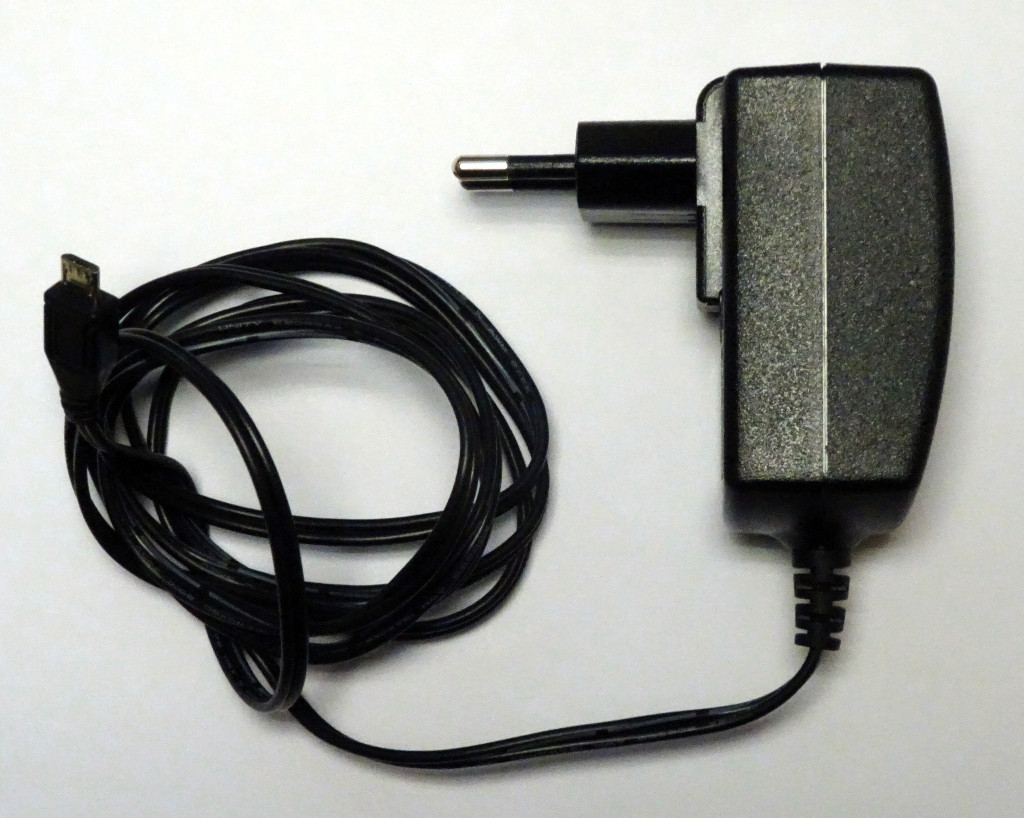

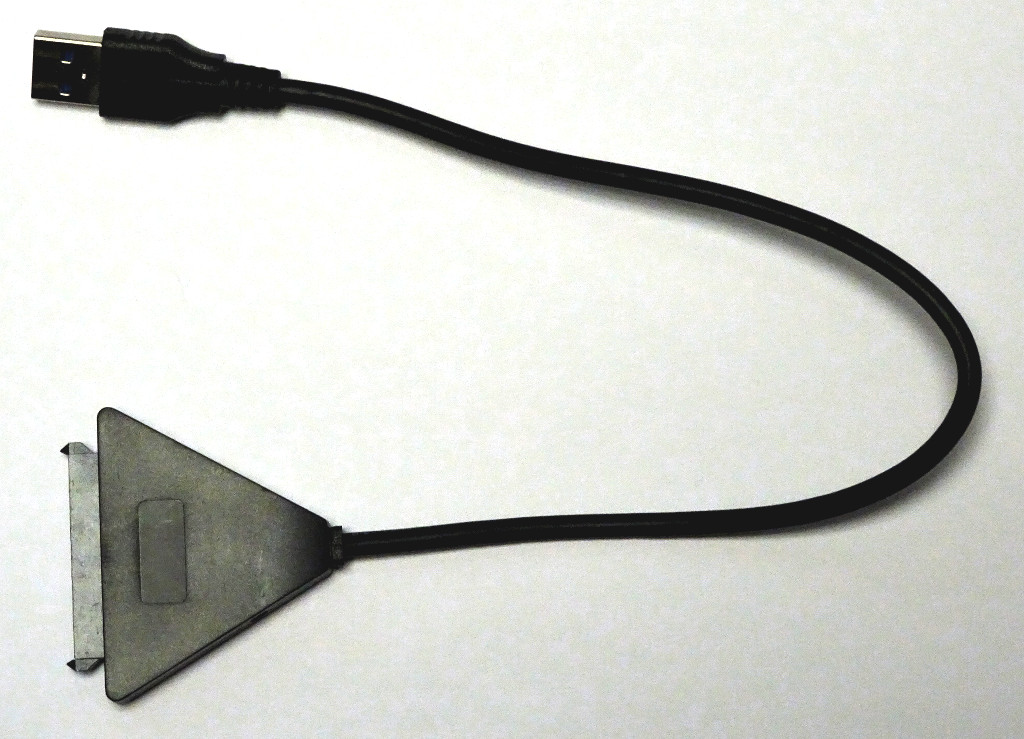
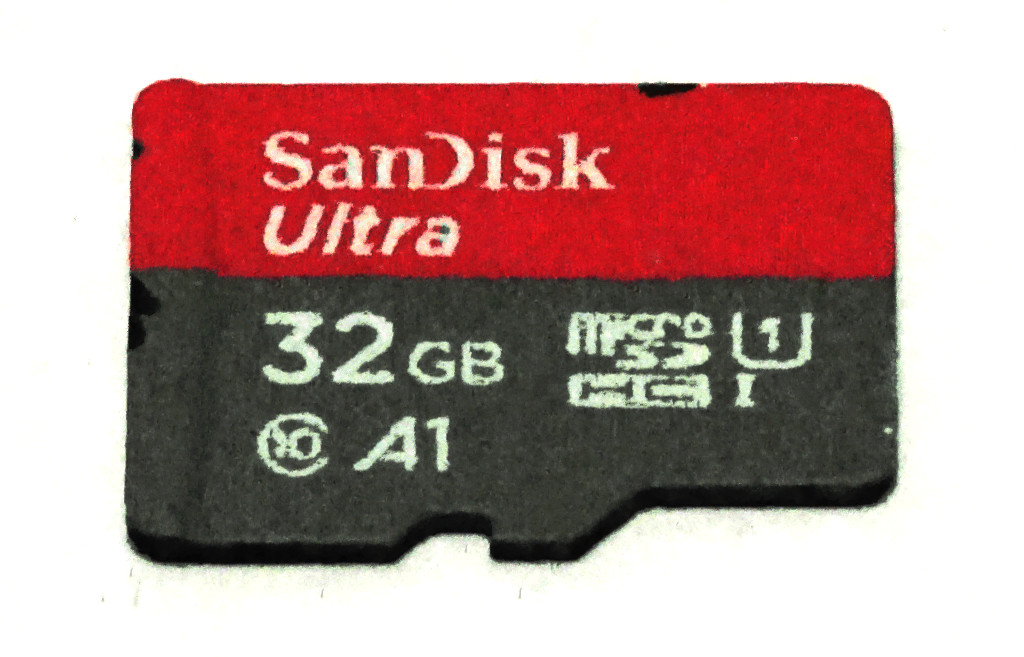
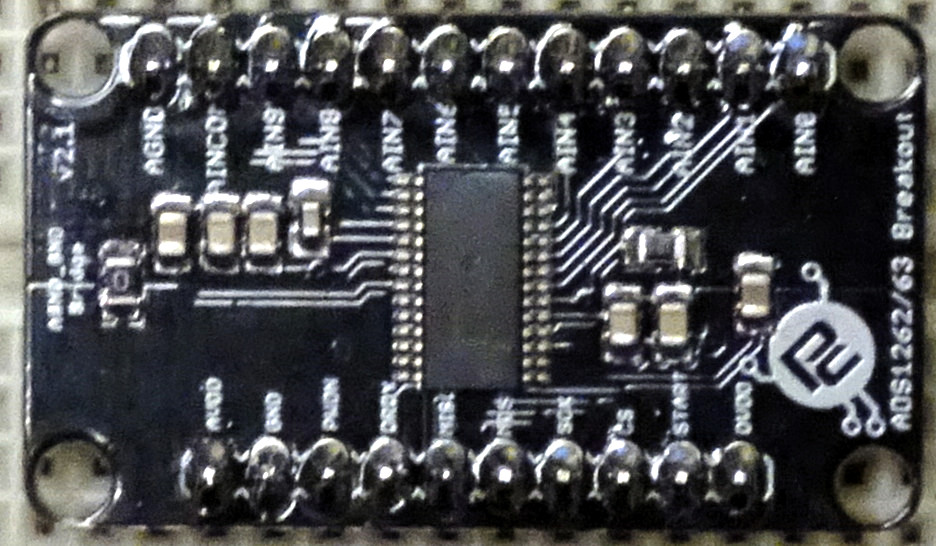
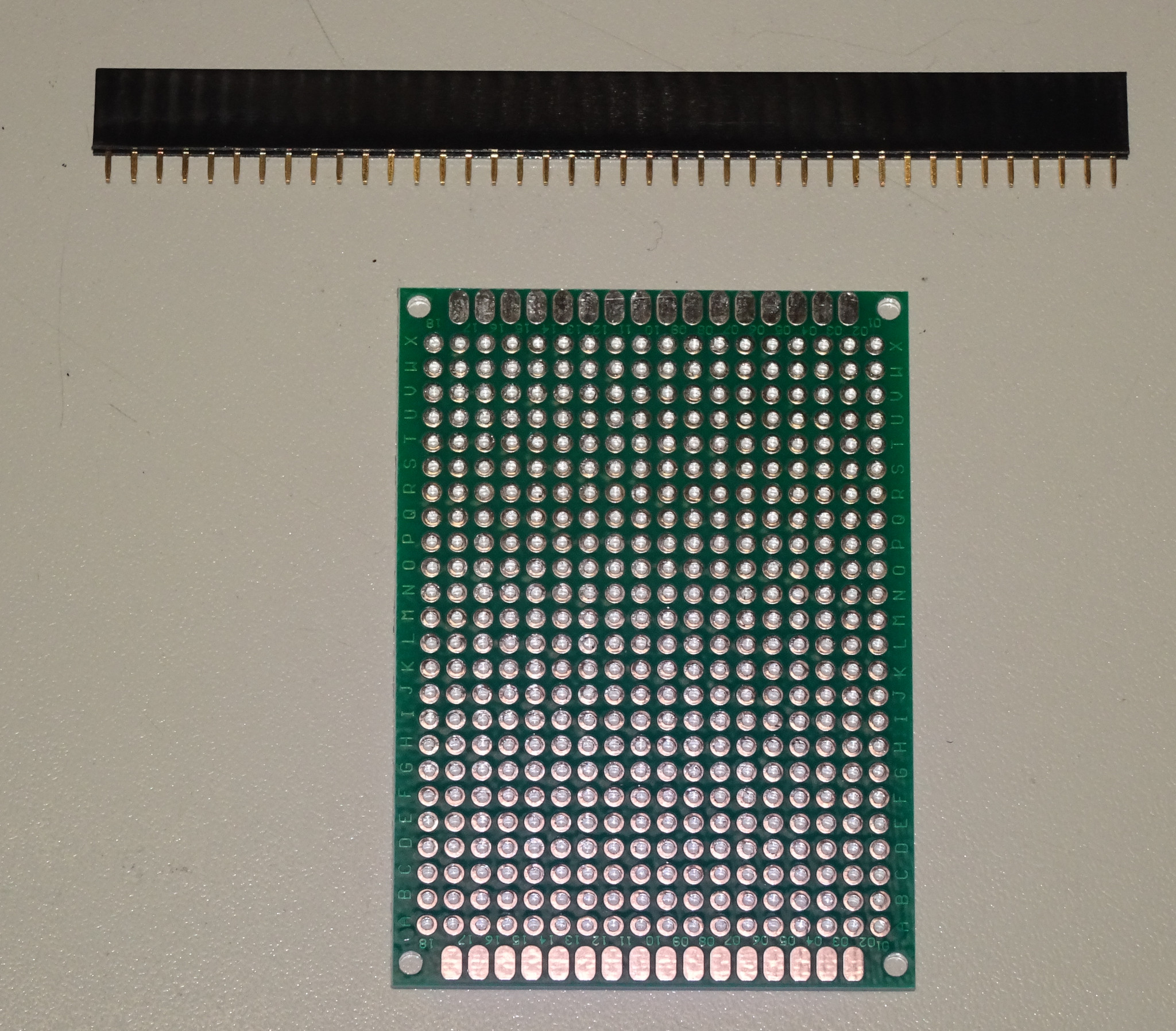
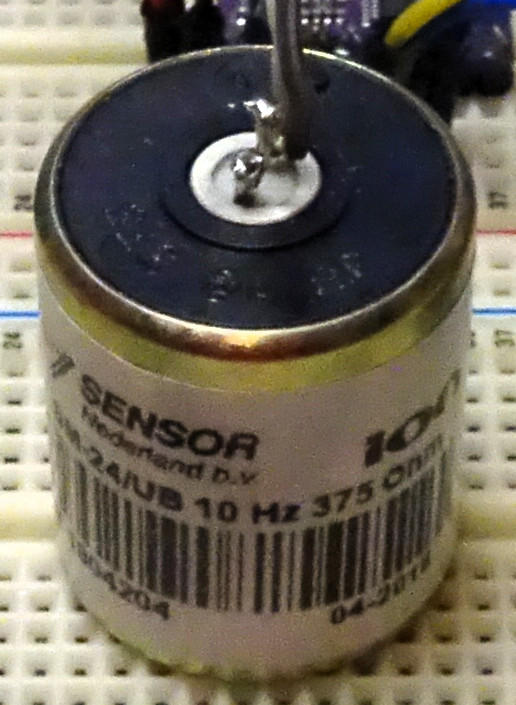
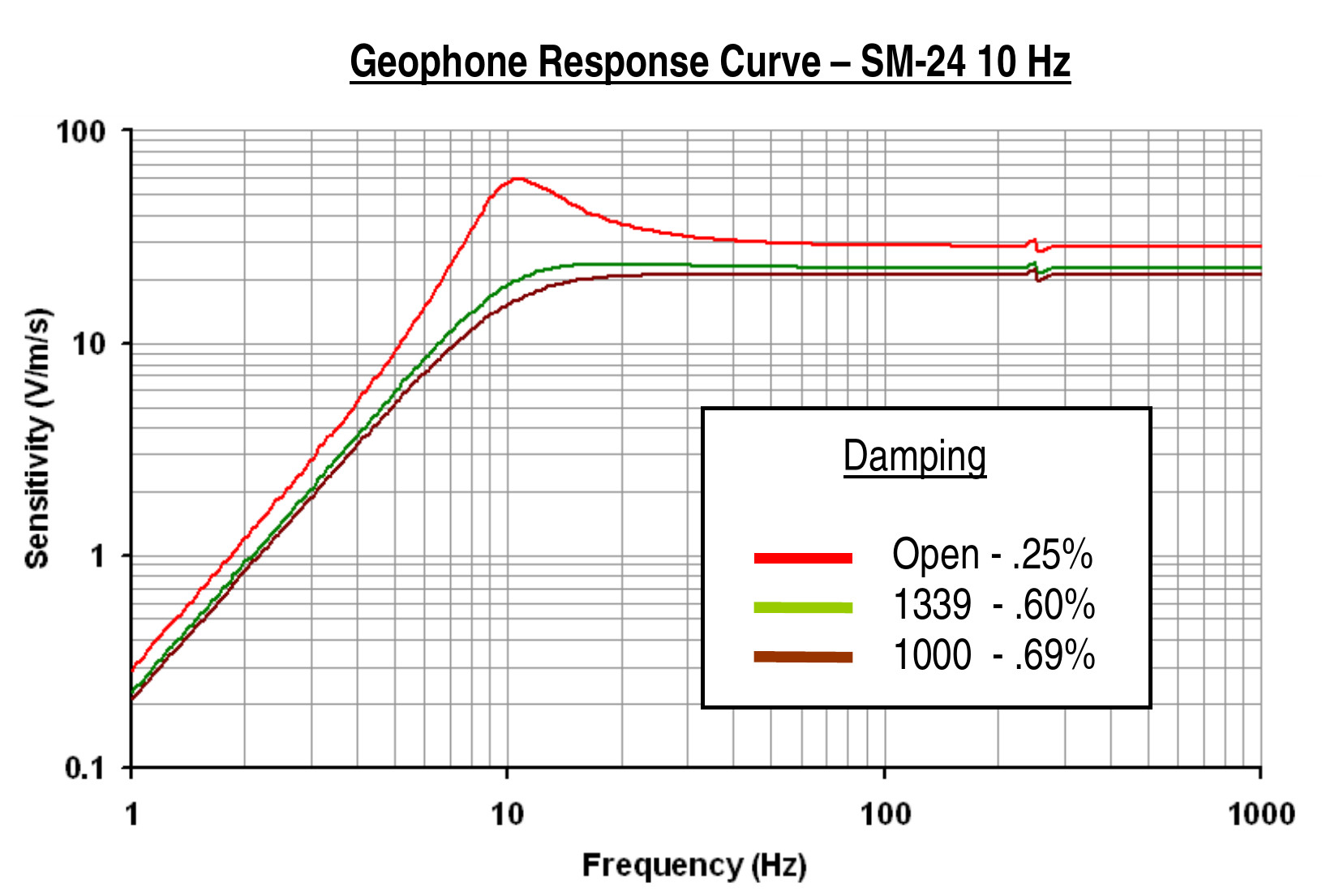
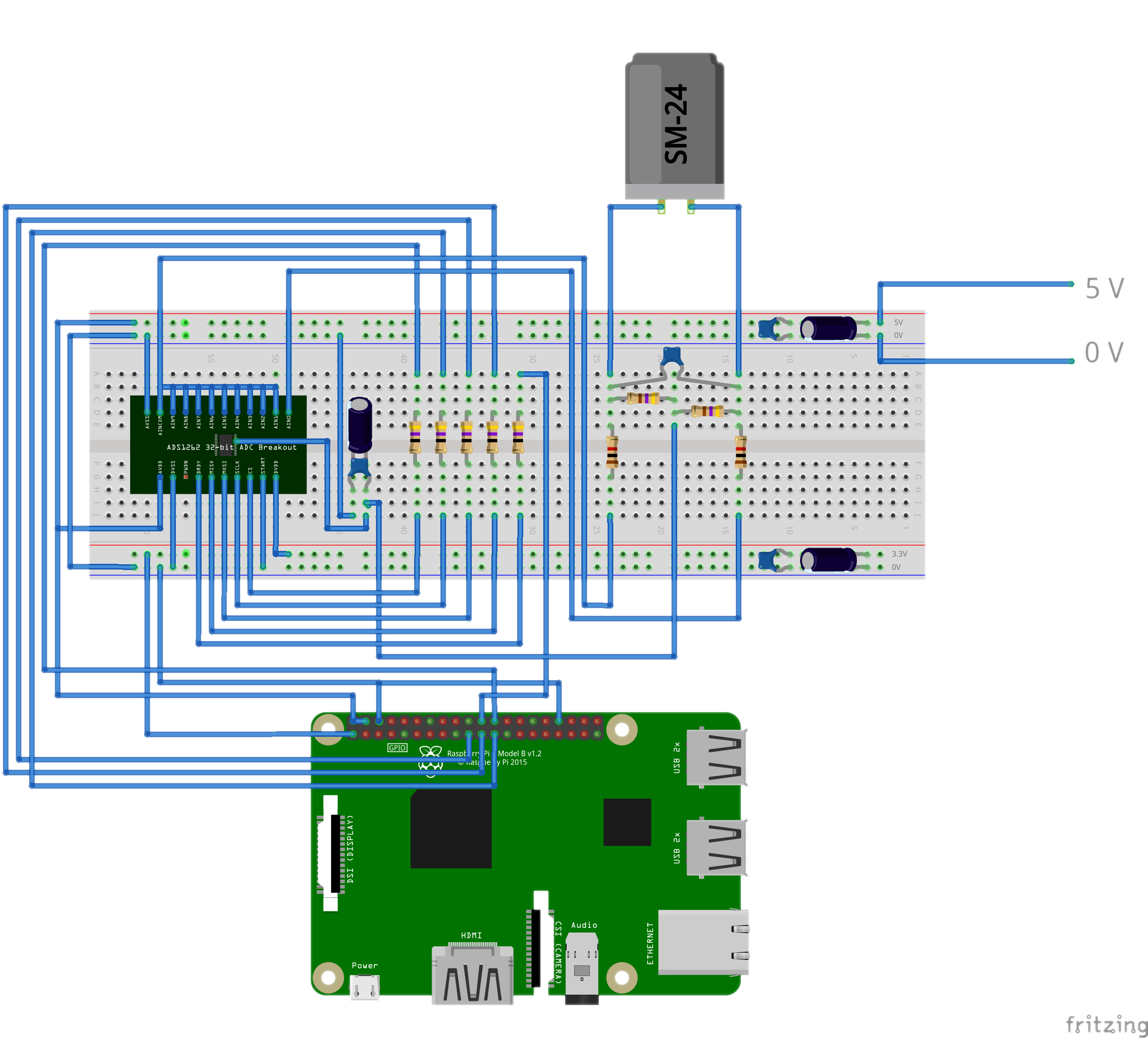
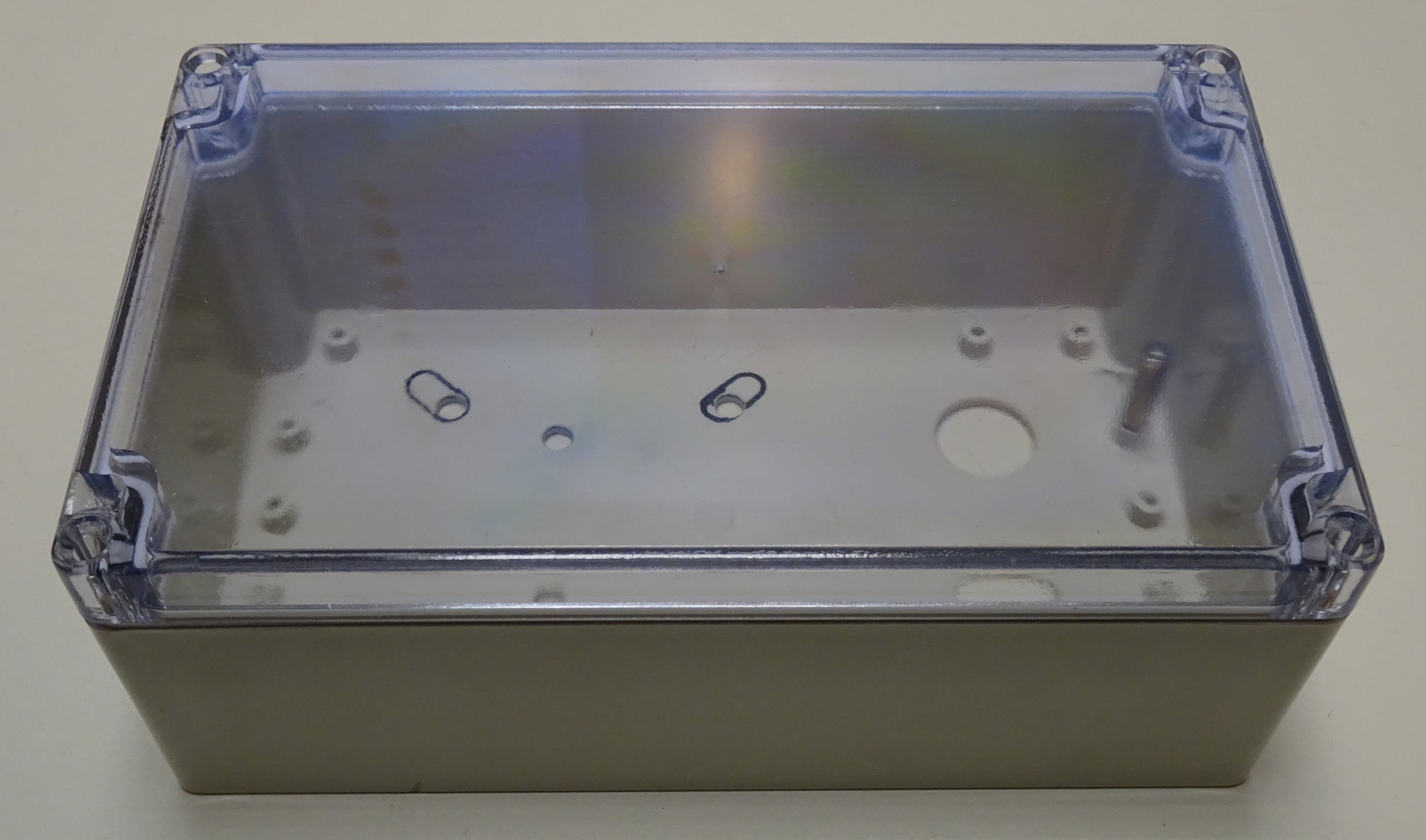

Recent Comments